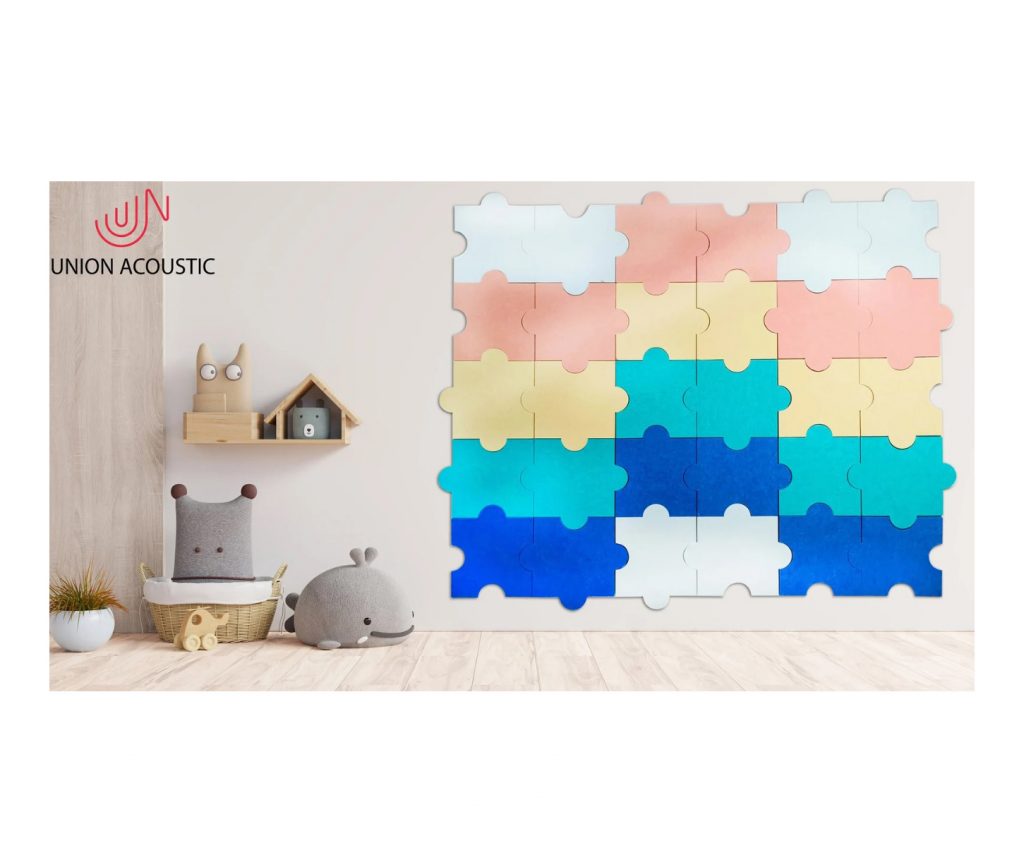
Acoustic foam is a highly effective soundproofing material that can be used in a variety of settings, from recording studios to home offices. While it is typically used to reduce noise levels, acoustic foam can also absorb echoes and improve the overall quality of sound in a space. In order to get the most out of your acoustic foam, it is important to understand how it works and how to properly install it. With a little bit of knowledge and effort, you can use acoustic foam to create a quieter and more pleasant environment in any room.
When sound waves hit a surface, they create vibrations that travel through the material
When sound waves hit a surface, they create more than just noise. Not only do individuals hear vibrations created by sound waves, but the sound waves actually travel through the material of the object that is struck. The use of acoustic foam brings this to light in unique ways.
Acoustic foam is specially designed so that as sound waves contact it, rather than reverberating, the vibrations are absorbed due to its makeup. This absorption helps improve sound clarity and reduce unwanted echoes or resonances that can occur in a space. Utilizing acoustic foam effectively can help homeowners and professionals alike make their spaces perform audibly better for whatever their needs might be.
These vibrations can be heard as noise pollution, which is why acoustic foam is used to absorb them
Acoustic foam is the perfect solution for controlling sound waves and vibrations before they become a problem to others outside of the area. In a noisy environment, such as an office, acoustic foam can eliminate noise pollution by absorbing the vibrations and echoes that cause it.
Without acoustic foam, these vibrations are likely to travel far enough to be heard as noise pollution by everyone in the vicinity. This can not only be disruptive but also cause damage to sound equipment and other expensive items in the room.
Acoustic foam is made up of tiny cells that quickly absorb sound waves while keeping things quiet, making it a great tool for control and prevention of noise pollution.
Acoustic foam is made of porous materials that allow it to trap air and reduce the amount of noise that passes through it
Acoustic foam is a great tool for reducing or eliminating acoustic reverberations, booming echoes, and other sound disturbances. Made of highly porous materials, acoustic foam is designed to trap air to reduce and diffuse the amount of sound that passes through it. This makes it useful for recording studios and other professional applications that require a quiet environment, while also proving beneficial in everyday life scenarios such as classrooms or office spaces.
With acoustic foam, homeowners can effectively block out unwanted noise from outside sources, allowing them to maintain a peaceful living environment with minimal effort.
Acoustic foam can be used in a variety of settings, including home studios, offices, and even automobiles
Acoustic foam is an incredibly useful tool for creating the perfect sound experience. In home and professional studio settings, it absorbs unwanted echoes and reverberations to create a pristine audio fidelity, making it ideal for creating high-quality recordings. Even automobiles can benefit from acoustic foam; by absorbing interior noise, traveling passengers can enjoy a much more comfortable ride.
Of course, choosing the right kind of acoustic foam isn’t necessarily easy, which is why it’s important to be well-informed and consider one’s unique needs before buying a product; this way, they can make the most out of their investment in acoustic foam.
